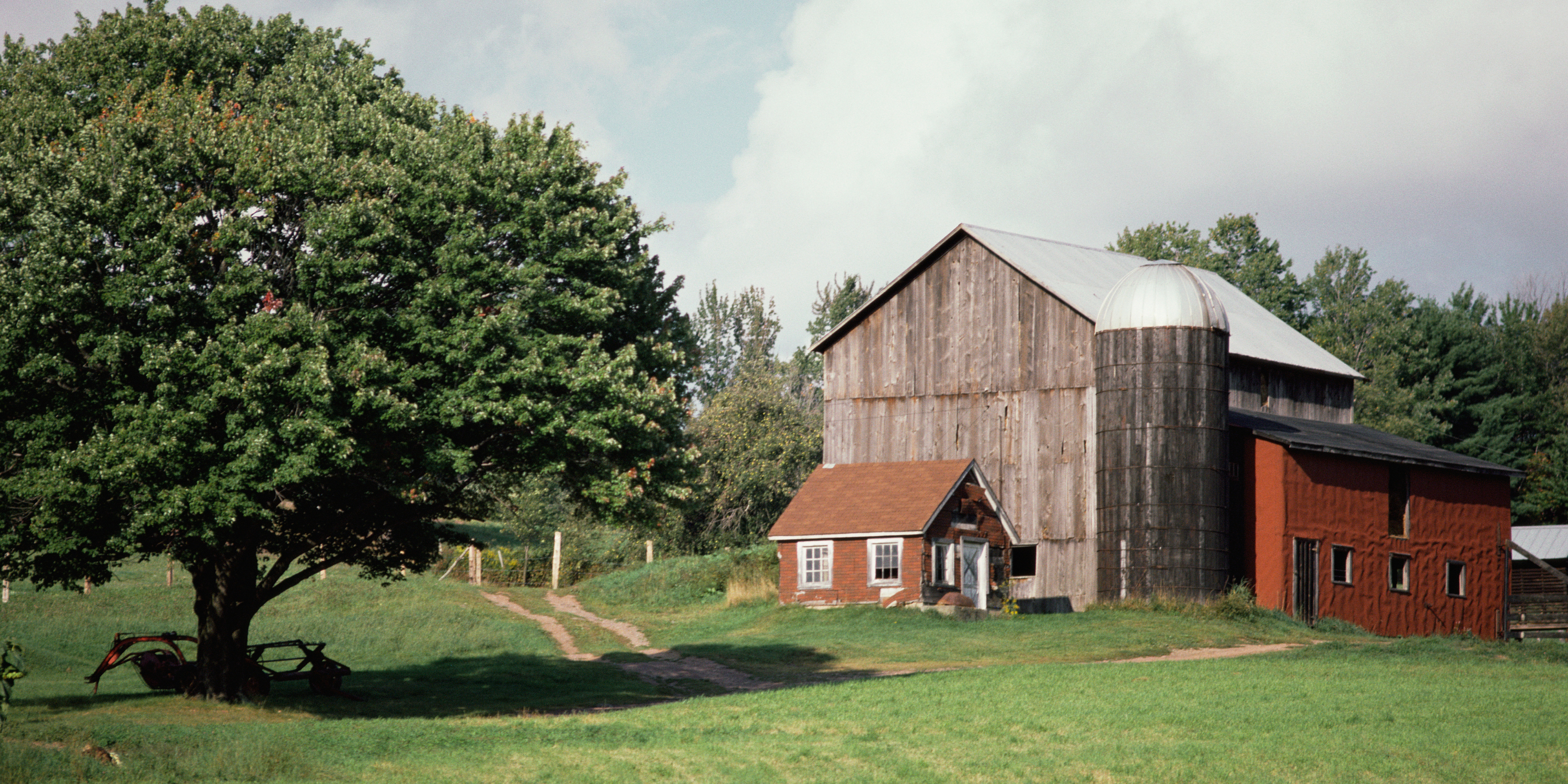Home
Barn Owl Blog
Balancing Growth and Preservation: How Transfer of Development Rights (TDR) Programs Work

Balancing Growth and Preservation: How Transfer of Development Rights (TDR) Programs Work
As communities across the United States wrestle with the dual pressures of population growth and land preservation, Transfer of Development Rights (TDR) programs offer a creative, market-based solution. These programs give landowners the opportunity to protect farmland and open space—while allowing development to happen in more appropriate places.
In a time of rapid land conversion and sprawl, TDR programs are gaining traction as a way to preserve agricultural land, manage growth, and maintain community character—without heavy-handed regulation or public expenditure.
What Is a Transfer of Development Rights Program?
A Transfer of Development Rights (TDR) program allows landowners in designated "sending areas" (usually agricultural or environmentally sensitive land) to sell their development rights to developers who want to build at higher densities in "receiving areas" (typically areas targeted for growth, like town centers or transit corridors).
The sending land is permanently protected with a conservation easement, while development is redirected to where infrastructure can better support it.
How TDR Works: The Basics
Key Components:
-
Sending Area
-
Typically farmland, forestland, or open space
-
Landowners sell development rights and permanently restrict development
-
Receiving Area
-
Typically urban or suburban areas designated for higher density
-
Developers buy development rights to exceed zoning limits (e.g., taller buildings, more units per acre)
-
TDR Bank (optional)
-
A public or nonprofit entity can act as a “bank” to buy, hold, and resell rights, making the market more flexible
Example Scenario:
-
A farmer owns 100 acres in a rural zoning district where 1 home per 5 acres is allowed.
-
She sells her development rights to a developer planning a mixed-use project in a receiving area that allows increased density with TDR credits.
-
The farm is permanently protected by a conservation easement, and the developer gains permission to build more housing or commercial space.
Benefits of TDR Programs
For Landowners (Sending Areas):
-
Receive compensation for development potential they do not use
-
Retain ownership and can continue to farm or manage the land
-
Permanently protect the land with an easement
For Developers (Receiving Areas):
-
Gain the right to build at higher density, height, or intensity
-
Avoid lengthy rezoning processes
-
Help meet community housing or commercial space needs
For Communities:
-
Preserve farmland, habitat, and open space without using public funds
-
Channel growth to areas with existing infrastructure
-
Balance conservation and development through market forces
Real-World Examples of TDR Programs
Montgomery County, Maryland
One of the oldest and most successful TDR programs in the country. Over 50,000 acres of farmland have been preserved. The program allows landowners in the Agricultural Reserve to sell TDRs to developers in designated growth areas.
King County, Washington
Uses TDR to shift development from rural forests and farms to cities and urban centers. The program includes a regional TDR marketplace and allows cities to tailor their own receiving area strategies.
Boulder County, Colorado
Has integrated TDR with growth management planning to protect mountain views, buffer zones, and farmland from development.
Challenges and Considerations
While TDR is a powerful tool, it isn’t a silver bullet.
Communities must address a few key challenges to make TDR work well:
-
Market Imbalance
If there’s little demand for additional density, development rights may not sell—leaving landowners with no incentive. -
Complex Administration
TDR programs require strong planning, zoning coordination, and ongoing management to succeed. -
Political Will
Success depends on community support for increased density in receiving areas—often a controversial topic. -
Equity Concerns
Programs must be designed to prevent uneven impacts, such as gentrification, in receiving areas or undercompensation for rural landowners.
TDR vs. PDR: What’s the Difference?
|
Feature |
TDR |
PDR |
|
Who pays? |
Developer |
Government agency or land trust |
|
Is it market-based? |
Yes |
No (publicly funded) |
|
Permanent protection? |
Yes |
Yes |
|
Increases development elsewhere? |
Yes |
No |
TDR complements Purchase of Development Rights (PDR) by using private capital to achieve similar conservation outcomes. In many cases, regions use both tools together.
Best Practices for TDR Success
-
Clear Sending and Receiving Area Maps
Define and communicate boundaries early. -
Strong Development Incentives
Make TDR credits valuable to developers (e.g., by allowing higher densities, expedited permits). -
Public Education and Outreach
Build trust and understanding among landowners, residents, and developers. -
TDR Bank or Exchange Platform
Helps stabilize pricing and match buyers with sellers more efficiently.
Conclusion
Transfer of Development Rights programs offer a rare win-win-win in land use planning. They allow landowners to protect their property and get paid, give developers more flexibility in growth areas, and help communities preserve the landscapes and resources they value most—all without relying on tax dollars.
While implementation can be complex, well-designed TDR programs can permanently protect farmland and direct growth in smarter, more sustainable ways. For communities facing development pressure but seeking to maintain their rural identity, TDR may be the most innovative tool in the toolbox.
Want to explore if TDR could work in your community? Connect with your local planning department or a land use nonprofit to start the conversation.
Next up: Protecting Farmland Through Policy: What Is Agricultural Zoning?
Share


